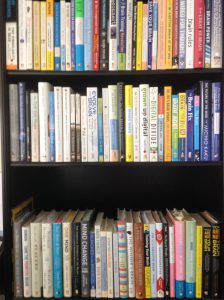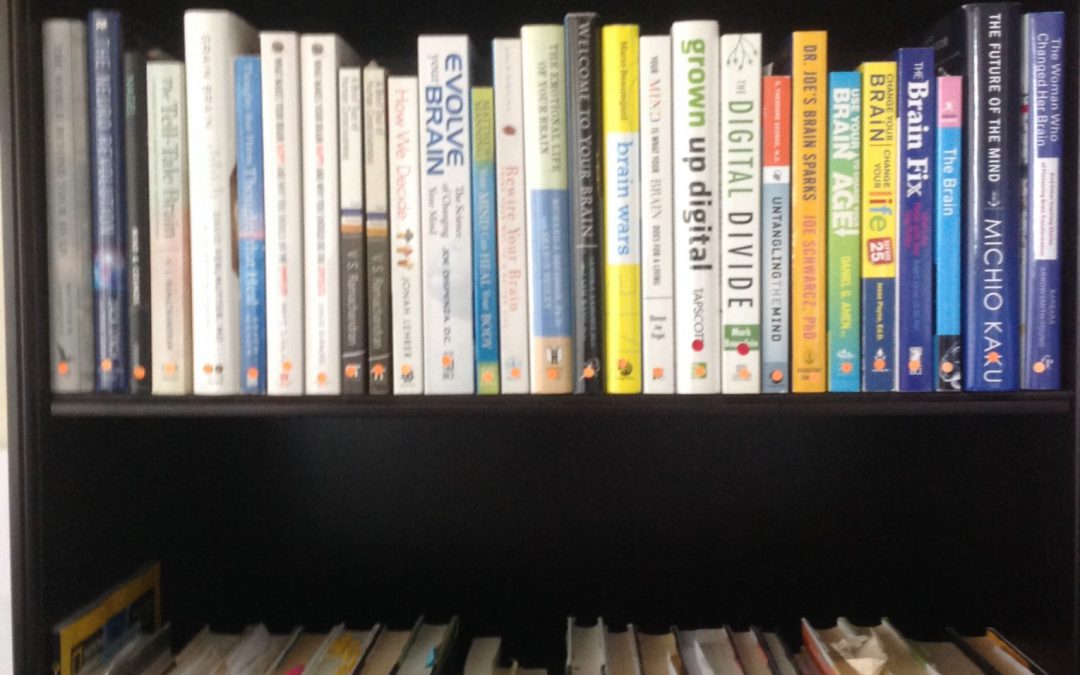
We used to store our burn ointment in the bathroom. I never once burned myself in the bathroom – it was usually in the kitchen. And if you ever had a headache it was more convenient to have it in the bathroom because that was the only place you could find aspirin tablets.
What was wrong with duplicating some of the frequently used items and storing them in two or more rooms? We used to have three bathrooms and only one set of cleaning supplies. They were under the sink in the main bathroom upstairs. You sometimes had to search three bathrooms just to find one of the cleansers. And heaven help us if we ever had a blocked toilet in the basement because the only plunger was kept in the upstairs bathroom.
Sure, it costs twice as much to duplicate things; but most of them last twice as long. And put a value on your time. As you get older you realize how precious time really is. So the principles I adopted were to store things where they were used, and to duplicate if the items were used frequently in different locations, such as scissors, transparent tape, writing materials and band aids. Also, things used for similar purposes should be grouped together; so in the case of those cleaning supplies, we ended up with a caddy in each of the three bathrooms – all containing glass cleaner, tile cleaner, sponges, cleaning cloths, and so on. Oh yes, and three toilet bowl plungers with short handles so they fit under the sink. Those things are ugly – even with a swan’s head on the end of the handle.
We all need a junk drawer. Where else are we going to keep those coupons that expired in 1991 or those useless corn cob holders or bread wrapper ties or little rubber grommets we find on the kitchen floor? But our junk migrated to other fairly organized drawers, transforming them into junk drawers as well. So we resolved to maintain one junk drawer only. That’s where those organizer trays came in handy. We bought one that had about 12 separate compartments and vowed to keep only 12 things to satisfy our packrat tendencies. (I have since improved considerably, no longer claiming “It’ll come in handy someday.”) We did cheat at the time, keeping two or three fairly similar items in the same compartment. But vowing to get rid of anything we hadn’t used in the previous year was one of the most helpful vows we ever made.
If you are an avid reader – or heaven forbid, a “book collector” like me – you may have trouble locating specific books quickly. I have never needed a sophisticated filing system for books. In fact I rarely search for a specific book anyway. I am more interested in a specific topic, not a specific book or author when I write an article or develop a training program or speech or want to know how to better promote my career.
I think it’s more practical to be able to quickly locate all the books on one topic. So for my thousand or more books I decided to keep the topics together and use a color coding method to quickly spot the different topics – and any that had wandered from their assigned spots on my shelves.
I applied small self-adhesive labels to the bottom of the spines, a different color for each topic. For example, orange for those dealing with the brain, dark green for business, red for technology, blue for meetings, and so on. When the book covers more than one topic in depth, I would add a label for the other major topics as well, always keeping the predominant topic label at the bottom. It would be filed in that section.
Since I have a habit of buying more books than I can possibly read, I don’t apply a label until I have at least skimmed through the book. If you have many topics of interest you could easily run out of colors. But you can always vary the size, shape or shade of the label so they are easily distinguishable. For example I use dark green for business and light green for self-development.
Also, when removing a book from your library shelves, you might consider moving the next one a few inches so it protrudes from the rest. Then you can then quickly return it to its proper place later.
Organizing your home not only helps you to find things quickly and reduces distractions, it evidently helps you to discover your purpose in life as well. According to research reported in the July/August, 2015 issue of Scientific American Mind, an ordered life lays the groundwork for the pursuit of larger goals, purpose, and significance.
Getting organized, maintaining a tidy office, keeping a daily schedule, having weekly dinners with friends and other routines all add meaning to your life, according to Samantha Heintzelman, a University of Missouri psychologist. Although most people may think routines bring boredom, they bring richness to the mundane, while saving time and mental energy to invest in higher pursuits.
Mehmet Oz and Mike Roizen, authors of YOU: On a Diet, claim that visual clutter slows down the brain. They say that’s why clusters of road signs double the chances of missing the one you’re looking for. It also explains why website designers aim for simplicity. So clearing clutter from your desk, office and home and leaving more wide open spaces also helps to clear your mind so it will be more productive.
I will briefly discuss office organization in my next blog article.


Recent Comments